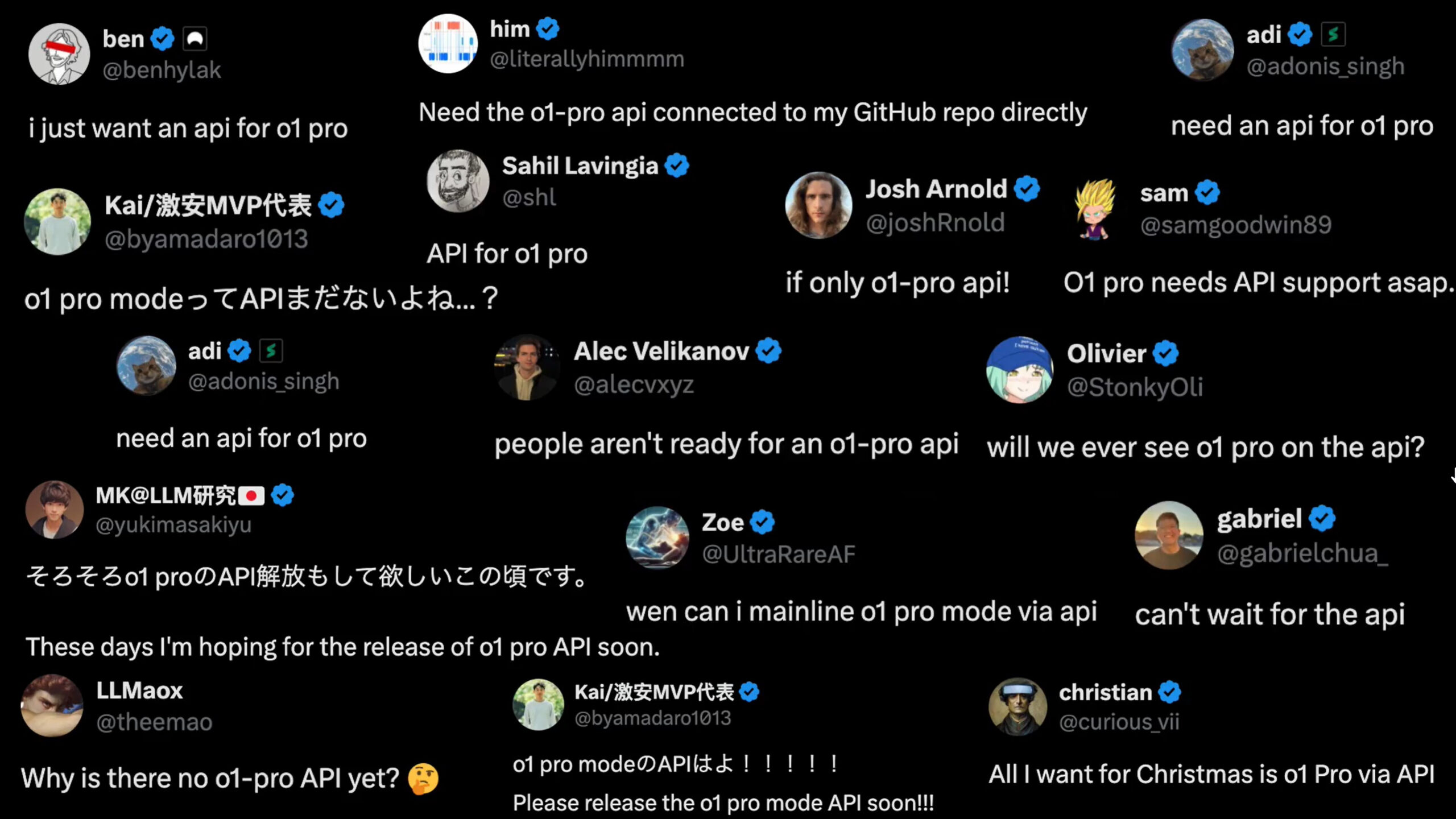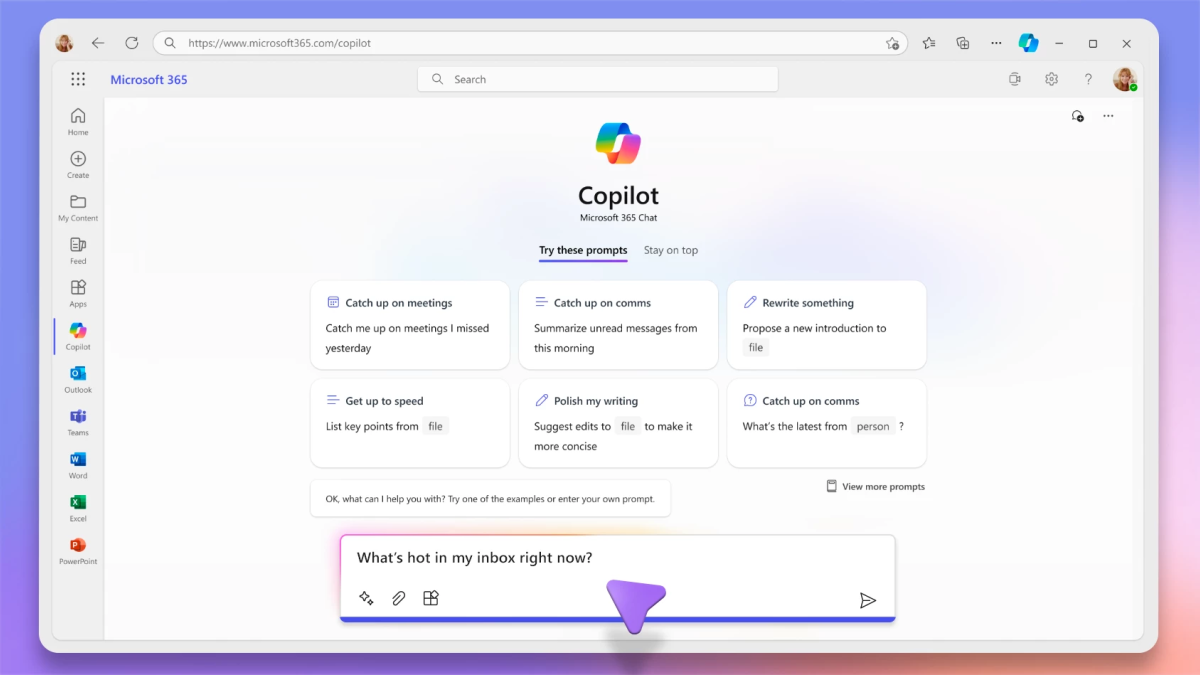Microsoft will let employees work from home permanently: Updated with official release
4 min. read
Published on
Read our disclosure page to find out how can you help MSPoweruser sustain the editorial team Read more

The majority of Microsoft employees have been working from home since March this year, and the date of return to office has been repeatedly pushed back, last we heard to January 2021.
Today the Verge reports that Microsoft will now allow employees to work from home permanently.
By default, employees will be allowed to work from home for up to 50% of their time, and with the approval of a manager it can be 100% of the time, what Microsoft calls a “hybrid workplace.”
Employees who chose to work from home permanently will have to give up office space, but can still use touch down space as required.
“The COVID-19 pandemic has challenged all of us to think, live, and work in new ways,” says Kathleen Hogan, Microsoft’s chief people officer, in a note to employees. “We will offer as much flexibility as possible to support individual workstyles, while balancing business needs, and ensuring we live our culture.”
Not all employees will be able to take advantage of the new policy, however, including those who work in Microsoft’s hardware labs, data centres an in-person training.
Employees may want to use the opportunity to move to cheaper parts of the country. They would have to cover their own relocation costs, however, and their pay may be adjusted based on Microsoft’s geopay scale. Microsoft will however cover the cost of home office expenses for permanent workers, and flexible hours will be available without manager approval.
The move is expected to have a dramatic effect on the sky high property prices in technology centres such as Seattle and San Francisco, and have deep effects on the structure of cities in general.
Update: Microsoft has now posted an official blog post explaining their new policy:
Over the past few months, we have learned so much about productivity, flexibility, resilience and compassion. We have been working in ways we never thought possible, including managing necessary safety precautions, learning to connect with small or large teams while presenting to a screen, taking care of family and friends while being in the next room on calls, adjusting hours to address new demands and so much more. And I am deeply empathetic that this is on top of navigating the emotional toll of all that we are witnessing and experiencing.
At the same time, the pandemic has raised questions about what our employees can expect in the future, so we provided some guidance this week to employees on our thinking about work flexibility. Moving forward, it is our goal to offer as much flexibility as possible to support individual workstyles, while balancing business needs and ensuring we live our culture.
Flexibility can mean different things to each of us, and we recognize there is no one-size-fits-all solution given the variety of roles, work requirements and business needs we have at Microsoft. To address this, we have provided guidance to employees to make informed decisions around scenarios that could include changes to their work site, work location, and/or work hours once offices are open without any COVID-19 restrictions. Our step-by-step guidance includes considerations like office space, salary and benefits, local law, personal taxes, expenses and more.
Our guidance includes:
- Work site (the physical space where you work, e.g. office, center, home, mobile): We recognize that some employees are required to be onsite and some roles and businesses are better suited for working away from the worksite than others. However, for most roles, we view working from home part of the time (less than 50%) as now standard – assuming manager and team alignment.
- Work hours (the hours and days when employees work, e.g. workday start and end times, full- or part-time): Work schedule flexibility is now considered standard for most roles. While part-time continues to be subject to manager approval, our guidance is meant to facilitate an open conversation between a manager and employee regarding considerations.
- Work location (the geographic location where you work, e.g. city and country): Similarly the guidance is there for managers and employees to discuss and address considerations such as role requirements, personal tax, salary, expenses, etc.
Our guidance is to help employees plan ahead for the future. For now, returning to many of our offices around the world is still optional for employees, except for essential onsite roles. While we’ve shared that we will challenge long-held assumptions and seek to be on the forefront of what is possible leveraging technology, we have also communicated that we are not committing to having every employee work from anywhere, as we believe there is value in employees being together in the workplace.
We will continue to evolve our approach to flexibility over time as we learn more.









User forum
0 messages